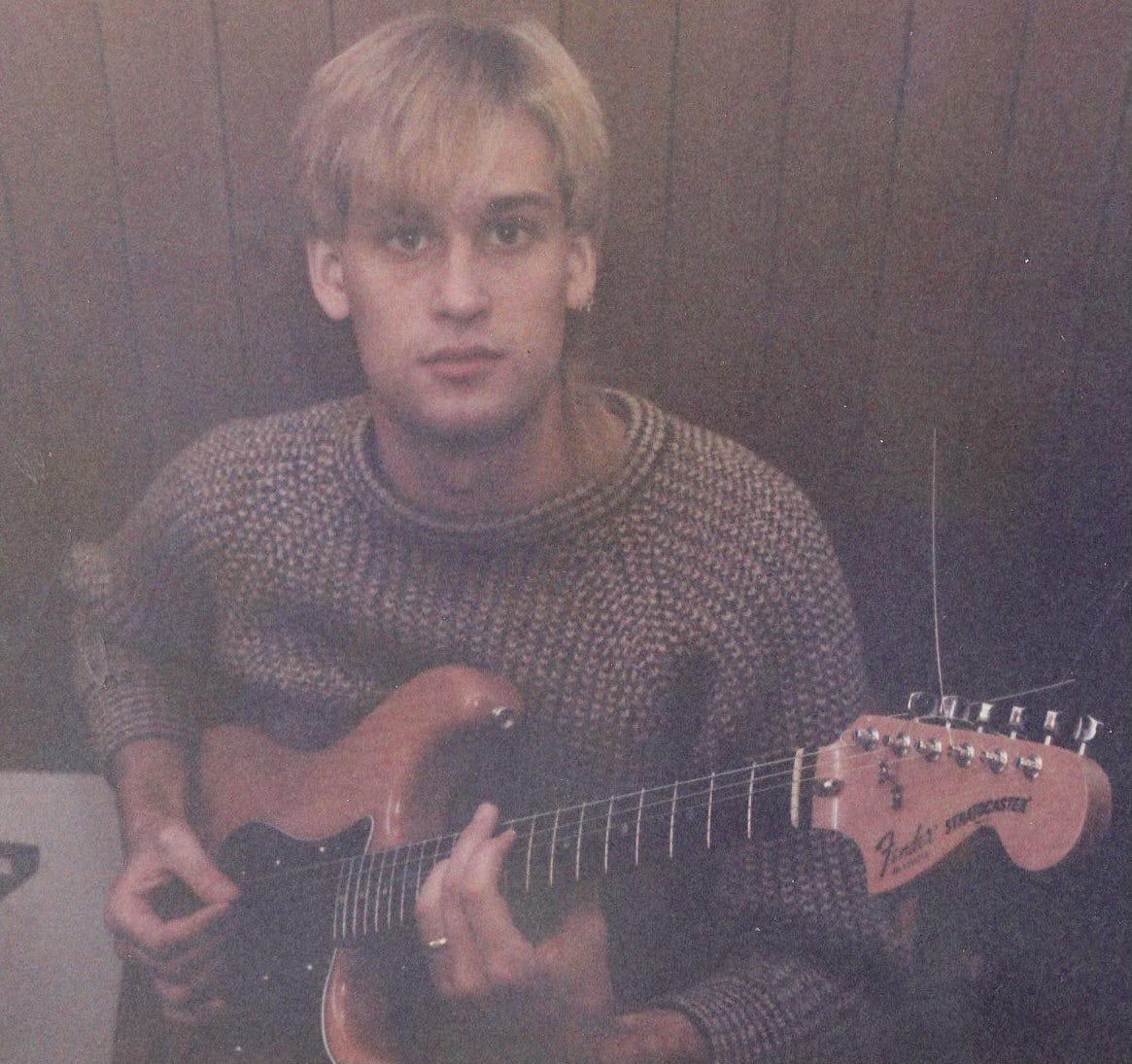The Nic of Time #5: Mixing "Ark," The 1983 Animals Album on I.R.S. Records
Eric Burdon & his mates were coming in for overdubs and mixing! Nic: "Somehow, I managed to keep my cool. However, under the surface, my webbed feet were going ten to a dozen!"
“The Nic of Time”: Periodic short excerpts edited and “carefully adorned” from the original essays by early-’80’s Trident Studios/London assistant engineer,




